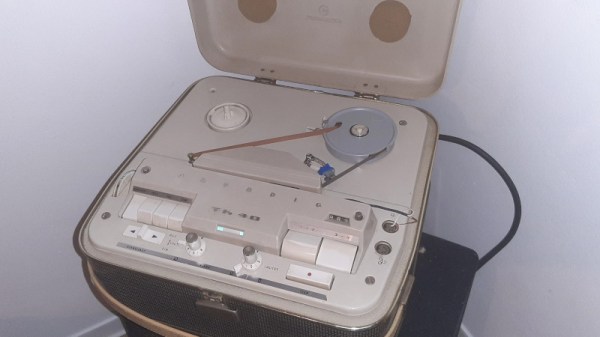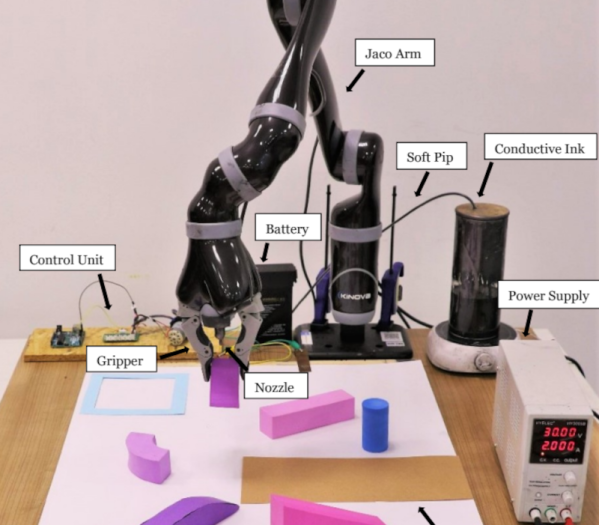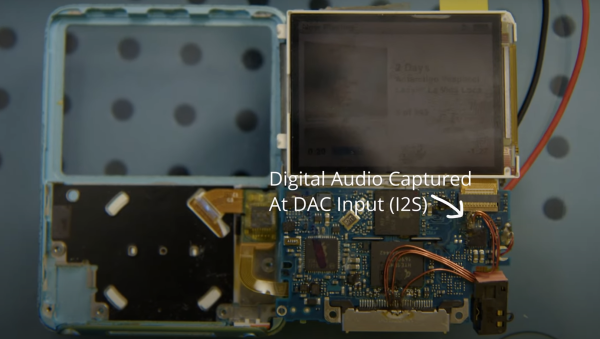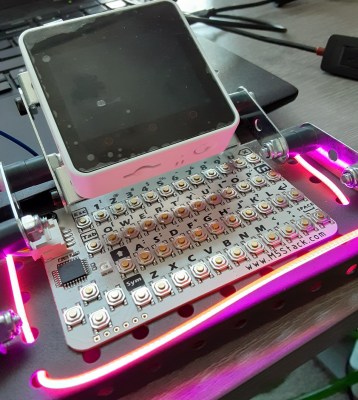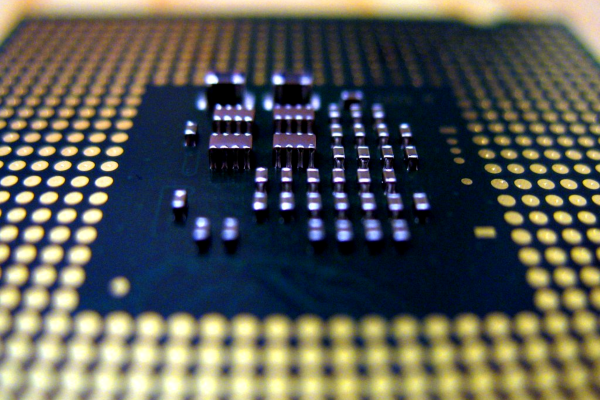[Juan Nicola] has taken inspiration from the musician hackers of old and re-purposed a reel-to-reel tape recorder into a tape-echo for his guitar with a built-in valve amplifier (video in Spanish).
The principle is to record the sound of the guitar onto a piece of moving magnetic tape, then to read it back again a short time later. This signal is mixed with the live input and re-recorded back onto the tape further back. The effect is heard as an echo, and this approach was very popular before digital effects became readily available.
[Juan] installed a new read-head onto his Grundig TK40 and managed to find a suitable mechanical arrangement to keep it all in place. He has since updated the project by moving to a tape loop, allowing an infinite play-time by re-using the same piece of tape over and over.
Turning tape machines into echo effects is not a new idea, and we’ve shown a few of them over the years, but every one is slightly different!
Both versions are shown after the break. YouTube closed-caption auto-translate might come in handy here for non-Spanish speakers.

